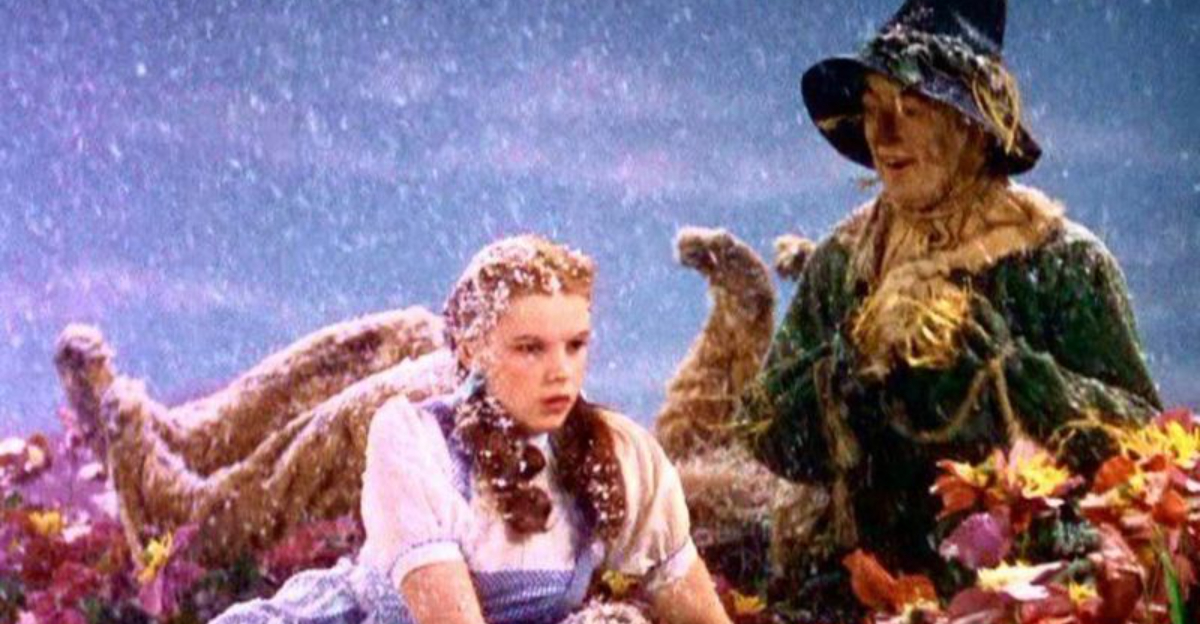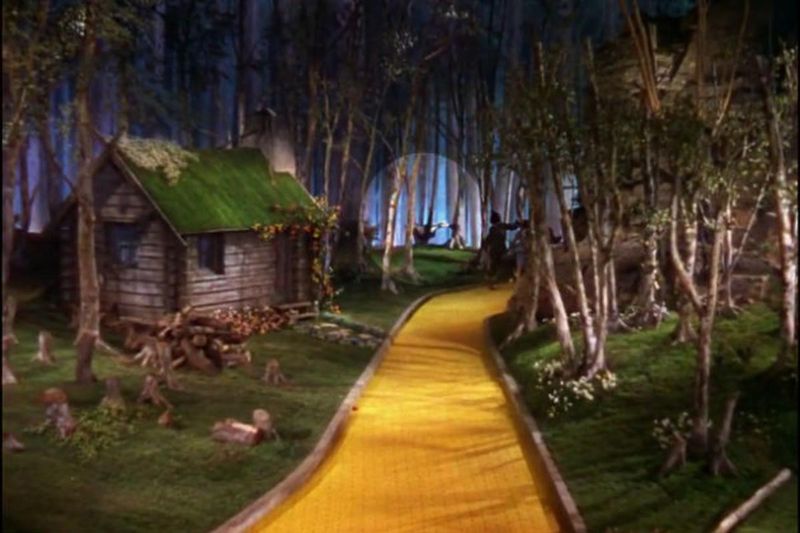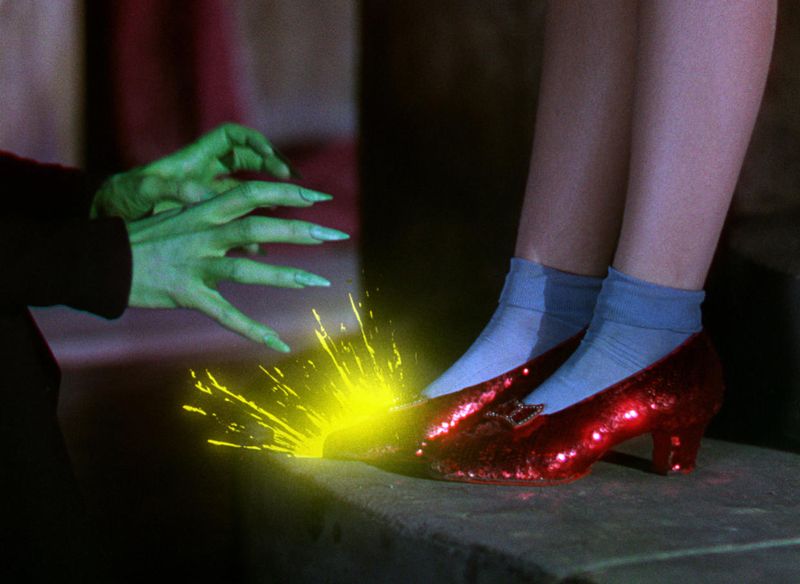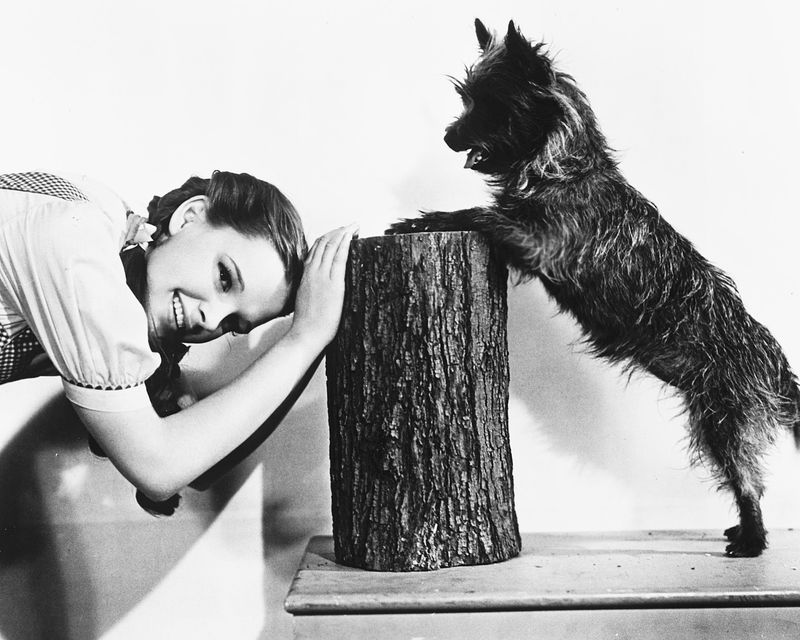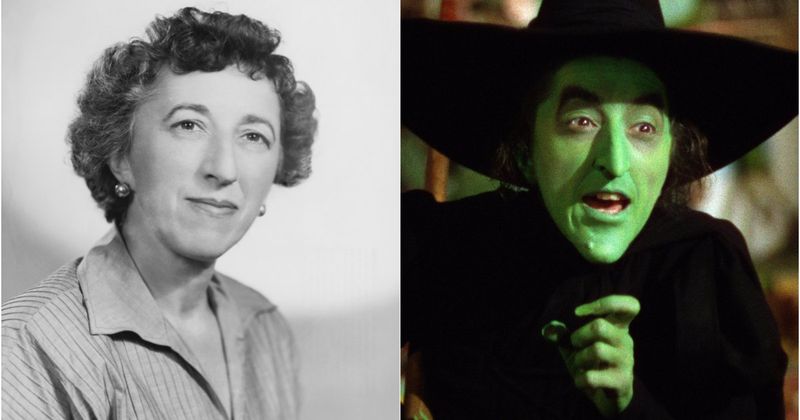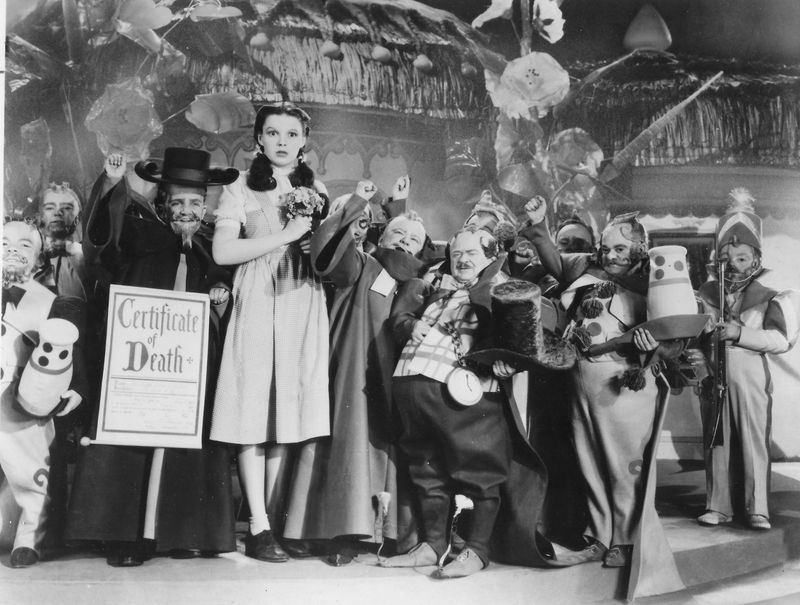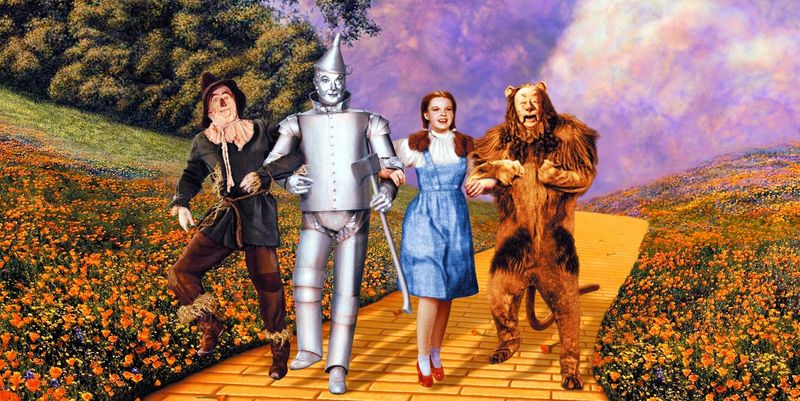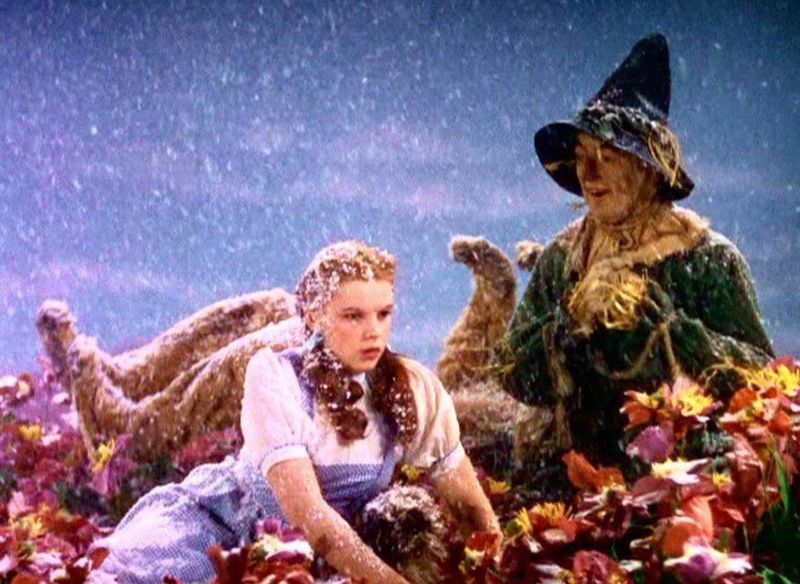The Wizard of Oz isn’t just a beloved movie—it’s a treasure trove of Hollywood legends.
Since its 1939 release, wild rumors about on-set accidents, casting decisions, and production secrets have swirled around this classic film.
Some stories you’ve heard are completely made up, while others contain kernels of truth twisted over decades of retelling.
1. The Hanging Munchkin Mystery
Film buffs have pointed to a dark, moving shape in the background of the Tin Man forest scene, claiming it’s a Munchkin actor who took his own life on set. The truth? That mysterious figure was actually a large bird—specifically a crane—brought in to make the forest seem more alive.
MGM borrowed several exotic birds from the Los Angeles Zoo to enhance the woodland atmosphere. No tragic deaths occurred during filming, though the rumor persists decades later.
2. Dorothy’s Surprising Casting Switch
Judy Garland’s portrayal of Dorothy seems so perfect that fans assume she was always destined for the role. Surprisingly, MGM’s first choice was actually America’s sweetheart Shirley Temple, who was Hollywood’s biggest child star at the time.
Studio executives ultimately passed on Temple when her singing voice proved inadequate for the musical demands. At 16, Garland was older than the book’s Dorothy but won everyone over with her remarkable vocal talent and emotional depth.
3. Ruby Slippers’ Colorful Secret
Those iconic ruby slippers weren’t part of L. Frank Baum’s original vision at all! In the 1900 novel, Dorothy wears silver shoes throughout her journey to the Emerald City.
MGM executives made the brilliant change to ruby red specifically to showcase the dazzling new Technicolor film process. The switch proved magical—those gleaming red shoes became one of cinema’s most recognizable props. Several pairs were created for filming, with surviving originals now worth millions at auction.
4. The Tin Man’s Poisonous Costume
Buddy Ebsen, originally cast as the Tin Man, didn’t die from his metallic makeup as rumors suggest. He did, however, experience a terrifying medical emergency that nearly killed him.
The aluminum powder used in his silver face paint caused severe lung inflammation, sending him to an oxygen tent for two weeks. Jack Haley replaced him, using a safer paste-based makeup instead. Ebsen recovered completely and later found fame on television in shows like The Beverly Hillbillies.
5. Toto’s Surprising Star Status
Far from being just another animal actor, Toto (real name: Terry) was already a four-legged celebrity before The Wizard of Oz began filming. This female Cairn Terrier earned $125 weekly—more than many human actors playing Munchkins!
Terry appeared in 16 different films throughout her career. She even suffered an on-set injury when one of the Wicked Witch’s guards accidentally stepped on her paw, requiring a two-week recovery period during production.
6. The Wicked Witch’s Toxic Green Paint
Margaret Hamilton’s transformation into the Wicked Witch of the West was genuinely hazardous. Her distinctive green makeup contained copper-based ingredients that could have caused serious poisoning if absorbed through her skin.
During one terrifying incident, pyrotechnic effects set her costume ablaze, causing second-degree burns on her face and hands. The makeup’s toxicity complicated her recovery—it couldn’t be cleaned from her skin using water, and she couldn’t eat solid food during her painful healing process.
7. Box Office Flop Turned Cultural Phenomenon
Despite its legendary status today, The Wizard of Oz initially stumbled at the box office. Production costs ballooned to an enormous $2.8 million (equivalent to about $53 million now), while ticket sales brought in just $3 million on its first release.
The film actually lost money for MGM until subsequent re-releases. Television broadcasts starting in 1956 finally cemented its place in American culture, turning yearly viewings into a beloved family tradition for generations of children.
8. Hollywood’s Musical Sleight of Hand
Not every musical moment you hear in The Wizard of Oz came from the actors’ own voices. Several Munchkins had their singing parts secretly dubbed by professional vocalists to create a more polished sound.
Even the iconic Cowardly Lion had some help! While Bert Lahr performed most of his own songs, certain high notes were enhanced by other singers. This common Hollywood practice helped create the film’s magical musical landscape, blending authentic performances with studio-enhanced perfection.
9. The Ever-Fading Yellow Brick Road
The Yellow Brick Road wasn’t the permanent golden pathway it appeared to be on screen. The intense Technicolor lighting caused the yellow paint to fade rapidly during filming, creating a constant headache for the production team.
Set designers had to continuously repaint sections between takes to maintain its vibrant appearance. In some scenes, you can actually spot subtle color variations if you look closely! This technical challenge exemplifies the pioneering nature of the film’s production during Hollywood’s transition to color filmmaking.
10. The Torturous Production Reality
Far from the joyful fantasy it portrayed, making The Wizard of Oz was often a grueling nightmare for the cast. Judy Garland endured 16-hour workdays while being given drugs to control her weight and sleep schedule—a horrifying studio practice that contributed to her later health struggles.
The Cowardly Lion costume weighed nearly 100 pounds and became unbearably hot under studio lights. Meanwhile, the “snow” in the poppy field scene contained asbestos, exposing everyone to carcinogenic materials without their knowledge.
